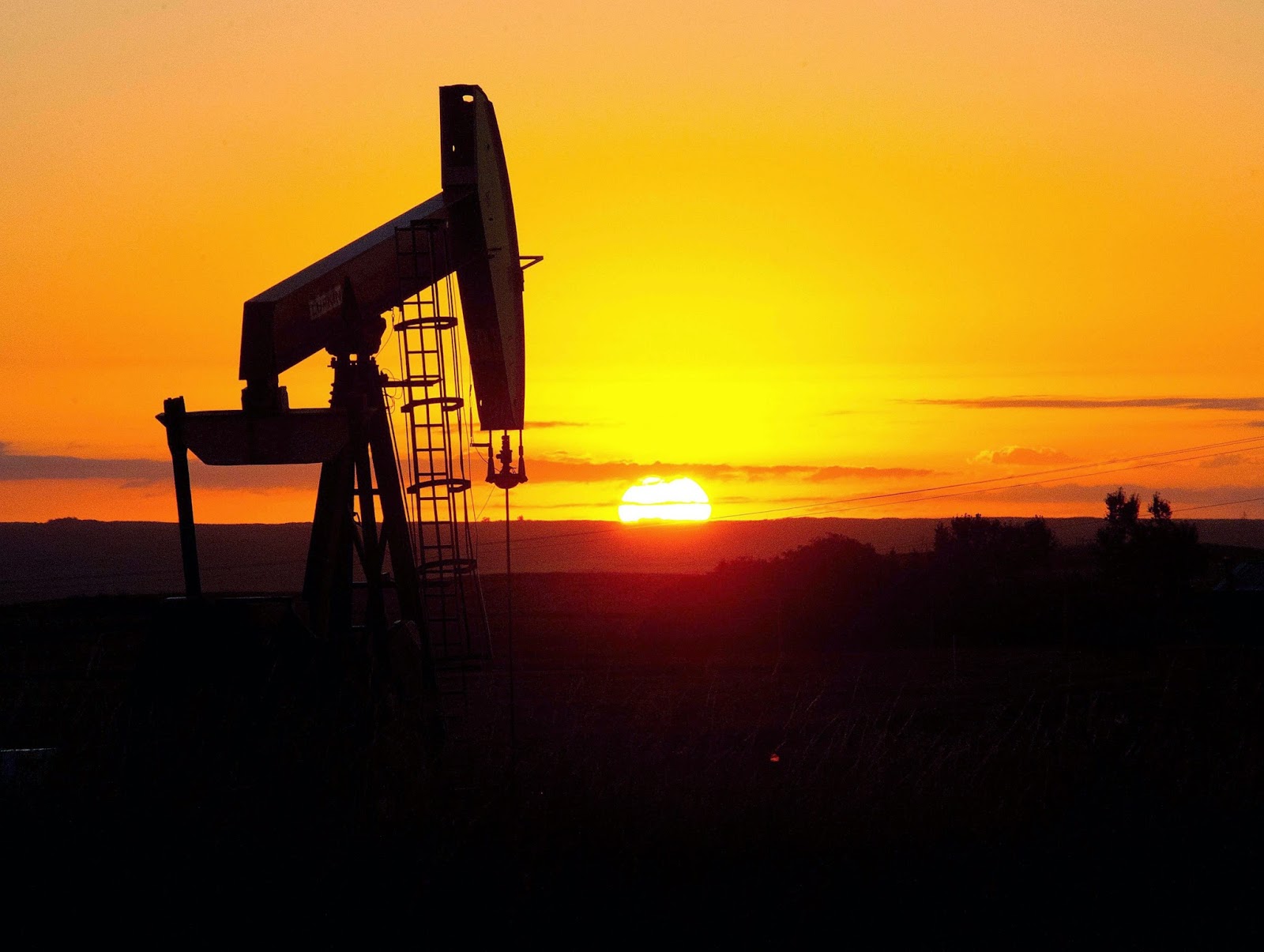After the oil is in the source layers often transported great distances, through the pores of sedimentary rocks until it snaps into Mkamenh called petroleum fisheries Petroleum Traps, which is extracted from crude. There is no doubt that the accumulation of sedimentary rock layers above the source increases Tdhaguet compression and pressure Pressure container classes Petroleum leads to the migration of petroleum raw materials to high porosity and permeability layers, rocks or sandy limestone or dolomite. And moving these materials through cracks and fissures that formed as a result of the movements of the ongoing Tectonic Movements through the retina paths allow leaking fluids and gases from other vertically area and accidental in most cases the earth's crust, but that does not negate the possibility of formation and assembly topical oil in a single layer, and Arthalh small distances where in some cases.
The subject of oil, after collected in petroleum traps geological structures for which limit the movement of raw materials, and lead to the information gathered in the reservoir is limited, for all the formative influences which we Salva them, including the influence of gravity, then separated gas and petroleum liquids from water configuration and begin their formation in the case of poise class according to the relative densities.
It can be divided into petroleum reservoirs reservoirs is saturated with gas, and the other where the dissolved gas, and topped by a third gas, and a fourth bottom of the water, and the fifth highest gas and bottom of the water.
The reservoir is saturated with gas, containing only a little of it, and as a result to ease pressure on the reservoir when production it derives its self-energy of the expansion reservoir fluids, including oil and water below, helping to push the oil toward the wells, then shrink pores induced dilation rock granules helps the ejection fraction of crude, and the oil gathered by gravity down the reservoir facilitates the possibility pumped through wells drilled in the bottom. This type is characterized by the weakness of the oil flow rate at the start of production from the wells, and the reservoir pressure is decreasing rapidly, and thus the production rate drops to about 5-10% of the total oil reservoir.
The reservoirs are where the gas is mixed with crude oil as a result of the pressure in the reservoir and the high temperature, when to start production begins gas, at the start of production, in separation from the oil in the form of bubbles rush and push the oil toward the wells slots, increasing push oil to the extent of a certain rate, and then begins to decline gradually, and produces a range of oil between 5.30% of the reservoir oil content.
In the petroleum reservoir topped gas, expanding gas, with the start of production, down the oil increases the production rate, especially if the oil contained quantities of gas dissolved in it, and declining reservoir pressure slowly, and the gas relative to oil increases in wells drilled At the top of the reservoir, and the amount depends on the product of the oil pressure of the gas layer, and this amount is estimated at about 30-40% of the oil reservoir.
Water and no under most petroleum reservoirs, surface water connected or being in aquifers, or in contact with oil at the bottom or in the limbs, and at the start of production displaces oil water to replace it, increasing the production rate for a longer period, and be gas relative to the low oil, but Water may find a way with the oil in the final stages to extract the oil from the reservoir. And the product reaches the amount of oil to 35-75% of the total oil reservoir.
In the reservoir where the gas above the oil-water and no bottom, the oil rushes into the wells under the influence of the upper gas and lower water Taqtin, along with the energy resulting from expansion of dissolved gas in the oil, and thus these reservoirs are the most productive oil than others. There is a private natural gas deposits do not contain oil, but gas has superior water or condensate, and extracted depending on the self-energy. Natural gas is the most ability to stretch and move from oil, have production up to about 80% of the gas reservoir.
Being the initial estimate of the amount of the expected production of oil, which is called "the initial reserve," In light of the geological and geophysical information on the size of the structures structural reservoirs weighted and types of oil, and the potential for porous reservoir rock permeability and assumptions, and after drilling exploration wells, and select the field landmarks can access the approximate estimate the amount of oil in the reservoir, which is "likely or proven reserves." The quantities of petroleum product "or the final" is the total field production wells until production ceased.
Taking into account the economic feasibility considerations are using all the means and the appropriate methods to produce the largest possible amount of oil, whether through the first production or by injection. In the first production phase of oil flowing toward wells slots thanks to self-energy in the reservoir, and with diminishing natural pressure and low production rate injected into reservoirs with different materials to increase the pressure in, or maintain it, in order to produce the maximum amount of oil remaining, if the injection well water or gas called secondary production, but if you follow the enhanced production method Faihguen steam or substitution of polymers as well as internal combustion.
